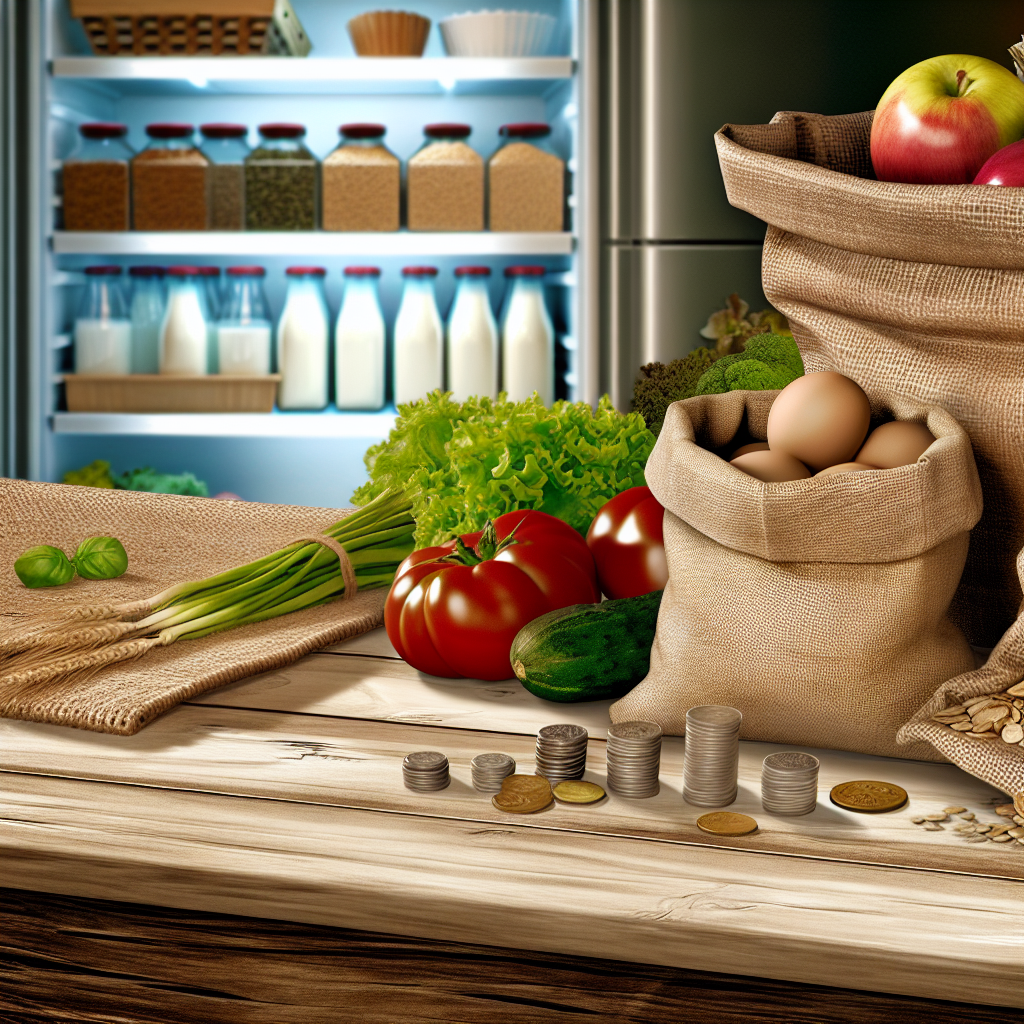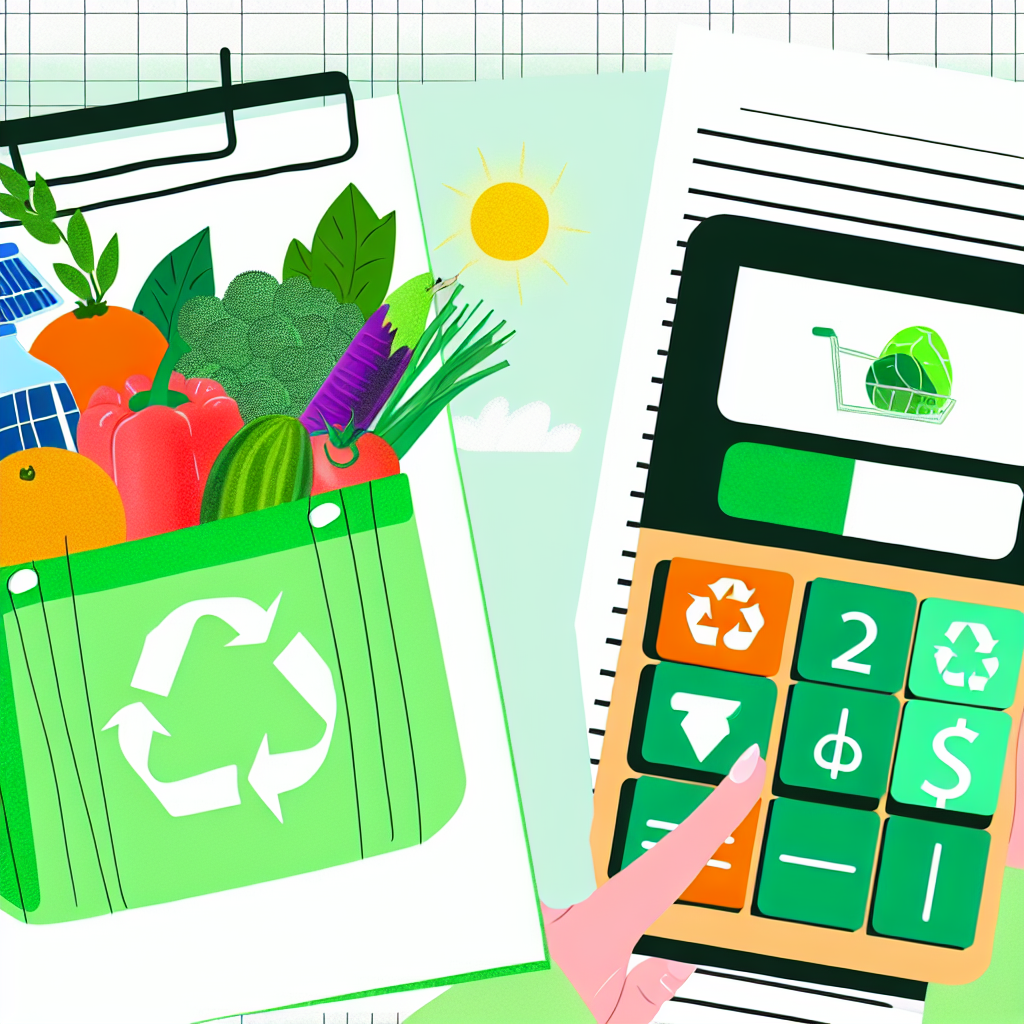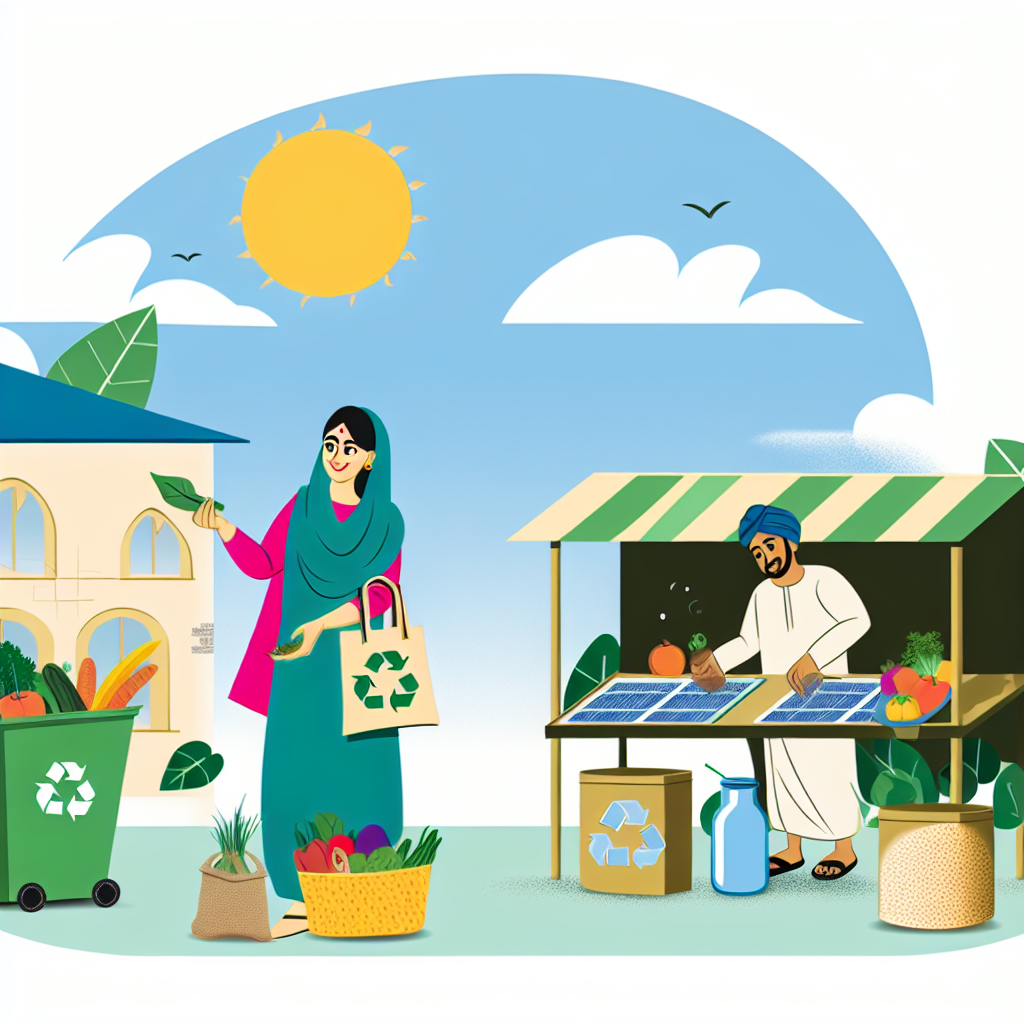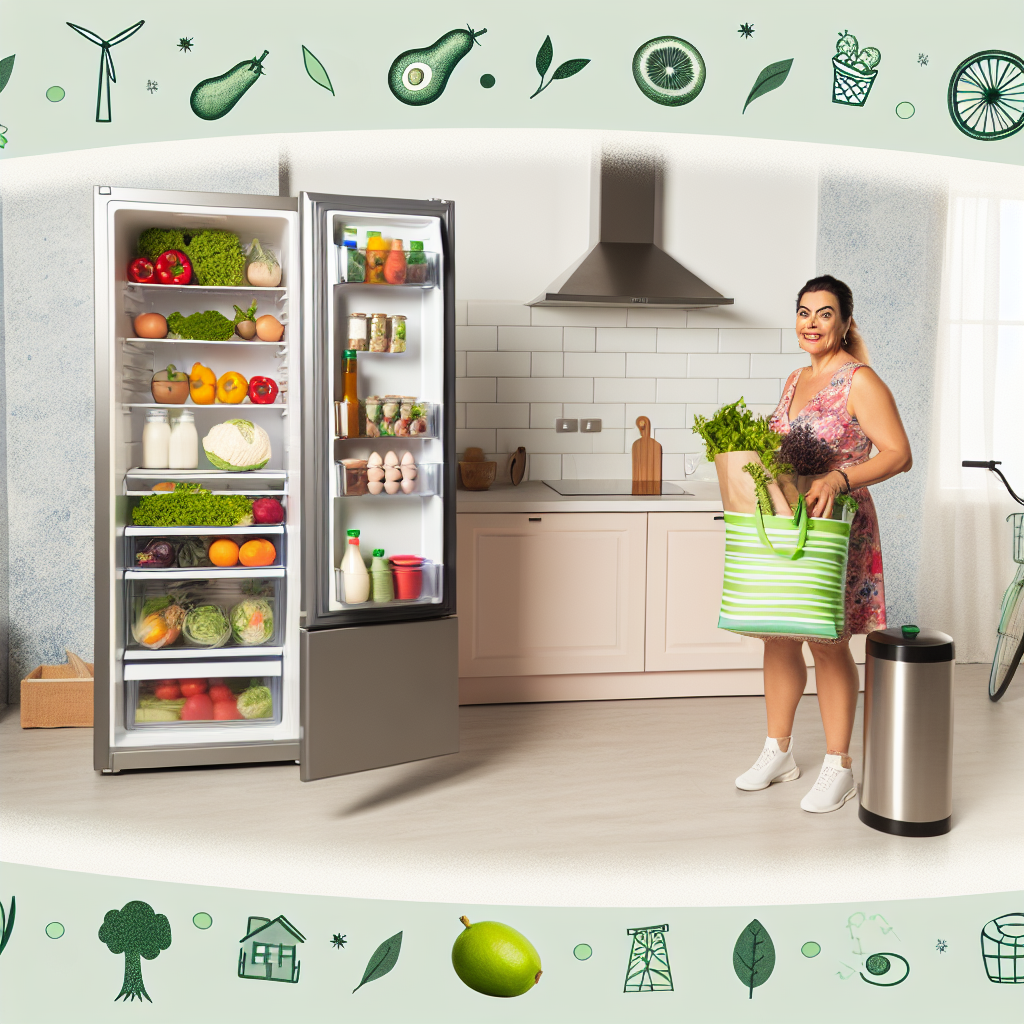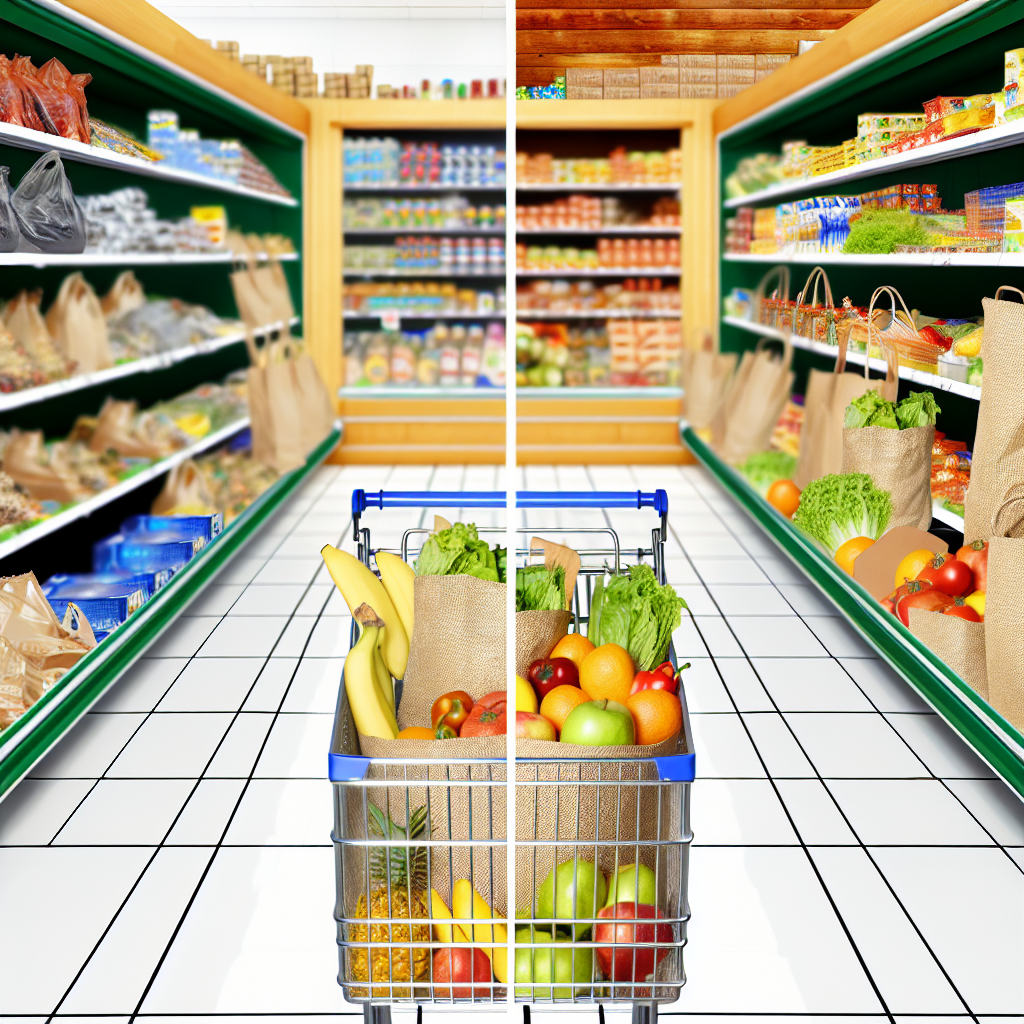10 Easy Swaps to Save Money on Groceries and Help the Planet
Introduction
Hey there, money-savers! Have you noticed how grocery prices are going up like a rocket? Plus, we’ve got to take care of our planet, too, right? Don’t worry, because I’ve got some super simple ideas for you! These swaps will help you save money and be a little kinder to Earth. Let’s dive into these 10 easy swaps!
Why Shopping Smart is Good for You and Earth
Shopping smart is like getting two prizes at once. Here’s why:
- Save Money: You won’t spend more than you need to if you choose budget-friendly options and reduce waste.
- Help the Planet: Each small swap helps reduce your carbon footprint—you’re becoming an eco-hero!
- Think Wisely: You’ll make better choices for your wallet and the environment.
Swap 1: Use Reusable Bottles Instead of Bottled Water
Reusable water bottles are more than just a trend—they’re a smart choice!
- Save Money: A good reusable bottle might seem expensive, but it costs the same as buying several bottled waters. Plus, it lasts a long time.
- Less Plastic Waste: Single-use bottles cause pollution in the ocean. Let’s stop that!
- Top Tip: Get a bottle that keeps drinks hot or cold. It’s stylish and good for the planet!
Swap 2: Buy in Bulk
Buy as if you’re preparing for a big party!
- Spend Less: Buying things like rice, oats, and nuts in large amounts can save you money.
- Reduce Packaging: Buying in bulk means less packaging. Yay for less waste!
- Keep Food Fresh: Use airtight containers to store your bulk buys.
Swap 3: Use Reusable Bags Instead of Plastic
Let’s leave plastic bags in the past!
- Help Beaches and Animals: Plastic bags are bad for beaches and animals.
- Make It Fun: Reusable bags can be colorful and show off your style.
- Remember Them: Keep them near the door or in your car so you always have them when you shop.
Swap 4: Try Meatless Mondays
Less meat can help both your pocket and the planet!
- Save on Meat: Meat is expensive. Try having plant-based meals one day a week to save.
- Reduce Greenhouse Gases: Eating less meat means fewer emissions.
- Tasty Ideas: Try bean stews, pasta, or veggie stir-fries. Delicious!
Swap 5: Choose Loose Produce
Give your fruits and veggies some freedom!
- Cheaper and Fresher: Loose produce is often cheaper and fresher than packaged ones.
- Less Waste: You cut down on plastic and foam when you buy loose.
- Keep It Fresh: Store them in breathable cloth bags.
Swap 6: Make Your Own Cleaners
Time to clean up your ways!
- Save Money: Homemade cleaners are cheaper than store-bought ones.
- Better for Earth: No harmful chemicals or plastic bottles.
- Easy Cleaner Recipe: Mix vinegar and baking soda for cleaning many areas at home.
Swap 7: Use Less Packaging
Sometimes less is more!
- Less Waste: Minimal packaging results in less trash.
- Support Good Brands: Buy from companies reducing their packaging.
- Packaging Waste: Less packaging means less trash in landfills.
Swap 8: Buy Store Brands Instead of Name Brands
Store brands are often hidden treasures!
- It’s Cheaper: Store brands usually cost less than name brands.
- Worth the Money: Many store brands have the same or similar formulas as name brands.
- Less Packaging: Store brands often have simpler packaging with less waste.
Swap 9: Reuse Food Scraps
What you think is trash could be a treasure!
- Use Scraps Wisely: Make broth, compost, or pet treats from veggie scraps.
- Waste Less: Using scraps helps you waste less and save more.
- Make Fertilizer: Compost scraps to get great soil for plants.
Swap 10: Use Sustainable Storage Containers
Say goodbye to plastic bags!
- Save Long Term: Glass and steel containers last longer and are healthier.
- No Plastic: Switch to containers that are not single-use.
- Organize Your Fridge: Use clear containers to make your fridge neat and food last longer.
Conclusion
There you go! Ten easy swaps that are good for your savings and our planet. Start with one or two swaps, and soon you’ll see the benefits. Every little change helps, and together we can make a big difference in how we shop!
Share Your Ideas!
Have any other cool swaps? Comment below and tell us! Let’s keep making good, eco-friendly choices, one reusable bag at a time!


